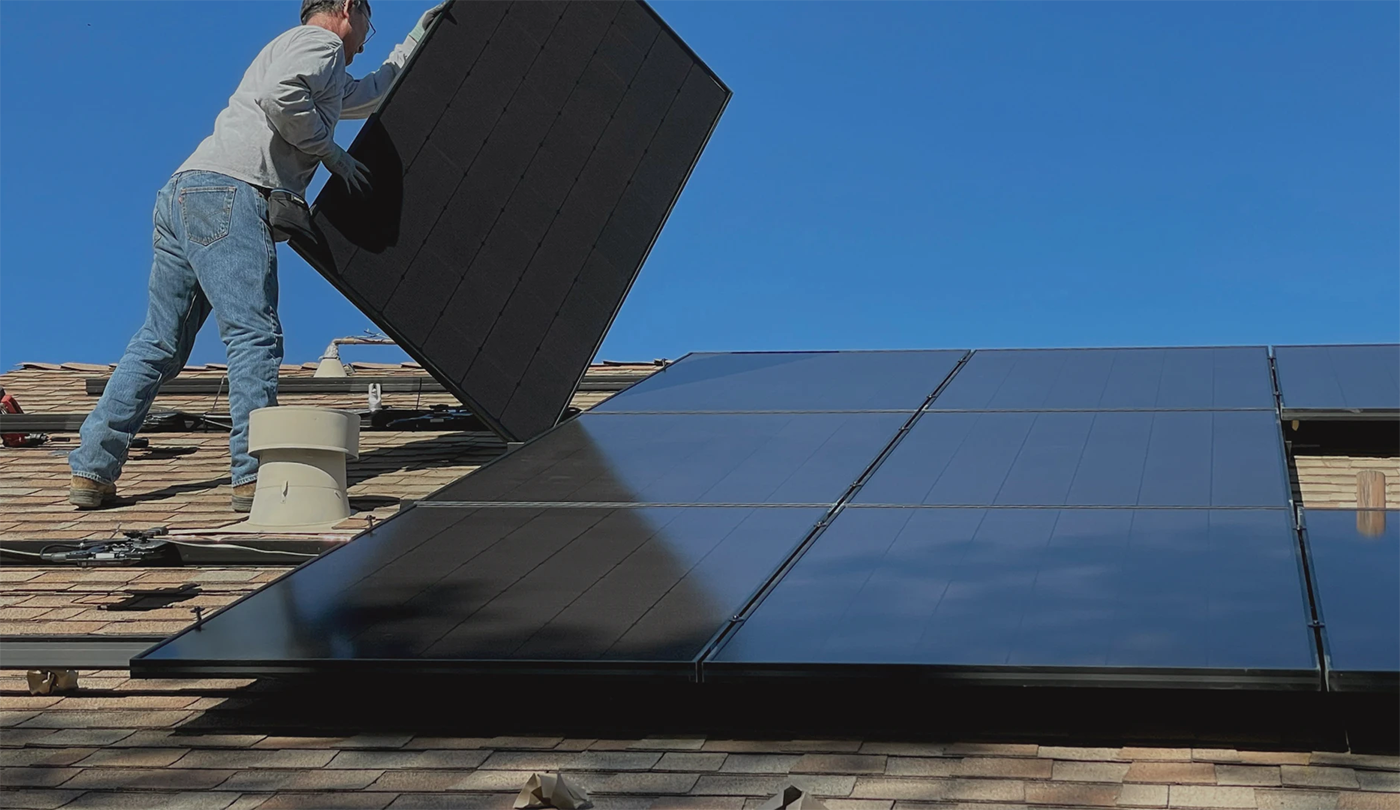Smart Energy Systems and BEMS: The Foundation of Efficient Buildings
- Topics :
- Energy
Virtual Power Plants: How Demand-Side Flexibility is Reshaping the Grid
Published August 25, 2025

The global electricity system is undergoing a rapid transformation driven by the growth of renewable energy, electrification, and digital technologies. These changes create new challenges for grid operators, particularly in managing variability and ensuring reliability during times of peak demand. Virtual Power Plants (VPPs) have emerged as a practical solution to these challenges by harnessing demand-side flexibility. Instead of relying solely on new centralized generation, VPPs aggregate distributed energy resources such as rooftop solar, home batteries, electric vehicles, and smart appliances, turning consumers into active participants in the energy transition. Recent studies, including one from the Brattle Group, highlight that California could save over 200 million dollars by 2028 through VPP adoption, underscoring the growing importance of this approach.
The Evolution of Demand-Side Grid Support
Historically, electricity systems were built on large, centralized power plants that dispatched energy one-way to consumers. To balance demand and supply, utilities built additional fossil fuel-based plants to meet peaks, often operating inefficiently and at high cost. Early demand response programs offered a limited solution by curtailing loads only during emergencies, such as heatwaves. These programs reduced strain but lacked flexibility and consumer engagement.
In the past decade, demand-side grid support has evolved significantly with the proliferation of distributed resources and advanced technologies. Smart meters, IoT devices, and AI-based platforms now enable continuous management of electricity use in real time. Rather than being passive consumers, households and businesses can adjust their demand dynamically, contributing to grid stability while benefiting from financial incentives. According to the International Energy Agency (IEA), demand response could reduce peak electricity demand by up to 15 percent in some regions, highlighting its potential as a cost-effective alternative to building new generation capacity. This shift marks the transition from demand response as an emergency tool to demand flexibility as an integral part of grid operations.

How Virtual Power Plants Work
A Virtual Power Plant is a networked system of decentralized assets that are aggregated to act as a single, flexible grid resource. These assets can include rooftop solar panels, stationary and vehicle batteries, residential heating and cooling systems, and industrial loads. Through digital platforms, VPP operators can monitor, forecast, and control these assets collectively, enabling them to provide services traditionally delivered by conventional generators.
The technical foundation of VPPs lies in advanced software that integrates devices, communicates with grid operators, and dispatches resources based on real-time needs. For example, during a period of high demand, a VPP may draw on stored electricity from thousands of home batteries or briefly reduce charging rates for electric vehicles. In other situations, aggregated solar generation can be scheduled to feed into the grid when renewable output is low elsewhere. These capabilities not only optimize local resource use but also enhance system-wide reliability. Examples include Tesla’s VPP projects in California and South Australia, as well as sonnen’s community energy platform in Germany.
Economic and Environmental Benefits
The economic potential of VPPs is considerable. According to the Brattle Group, California could save approximately 206 million dollars by 2028 through expanded VPP deployment, primarily by reducing the need for new gas peaker plants. Peaker plants, which are designed to run only during short periods of peak demand, are often costly to operate and contribute disproportionately to emissions. By leveraging distributed energy resources, VPPs provide the same grid support more efficiently and at lower cost.
For consumers, participation in VPPs can reduce electricity bills by offering payments or credits in exchange for flexibility. For system operators, VPPs lower operational expenses while deferring or avoiding costly infrastructure investments. Environmentally, VPPs enable greater integration of renewable energy by balancing variability and minimizing reliance on fossil-based backup generation. They support emissions reductions not only by displacing peakers but also by creating more flexible demand that complements variable wind and solar supply.

Challenges and Opportunities for Adoption
Despite the promise of VPPs, several barriers remain. Consumer participation is essential, yet awareness and trust are not universal. Concerns about data privacy and cybersecurity also need careful management, as VPPs rely on digital connectivity. In addition, market design and regulatory frameworks in many regions have not fully caught up with the capabilities of distributed and aggregated resources.
At the same time, opportunities for wider adoption are expanding. Corporate energy users can integrate VPP participation into sustainability strategies, aligning with carbon reduction goals and ESG reporting. Households and communities benefit from increased resilience during extreme weather events by using local resources in coordination with grid services. The U.S. Department of Energy’s Loan Programs Office highlights that VPPs could scale rapidly with supportive financing and policy, providing gigawatts of flexible capacity that reduce emissions and enhance reliability. Regulators and policymakers are beginning to recognize the value of VPPs, and some markets are adapting rules to allow aggregated assets to participate in capacity and ancillary services. With supportive frameworks and continued investment, VPPs could become a cornerstone of a decarbonized, resilient energy future.
Conclusion
Virtual Power Plants represent a paradigm shift in electricity system management by transforming demand-side flexibility into a reliable and scalable resource. By aggregating distributed energy assets, VPPs provide cost-effective, low-emission alternatives to traditional grid balancing methods. They empower consumers, reduce infrastructure needs, and increase the resilience of power systems facing both climate pressures and rising electrification. While challenges remain in regulation, consumer engagement, and data security, the trajectory of development suggests that VPPs will play a growing role in modern energy systems worldwide. The path ahead depends on building trust, creating fair incentives, and ensuring market designs support innovation in distributed energy solutions.
References:









